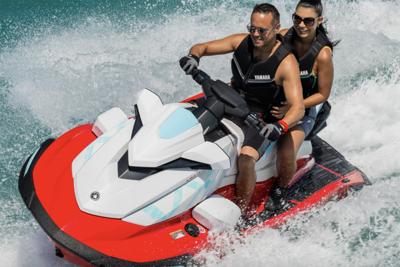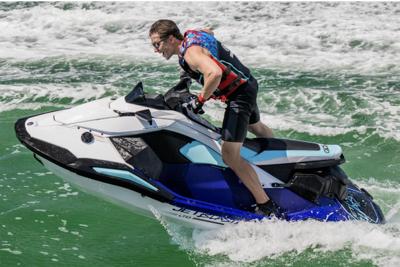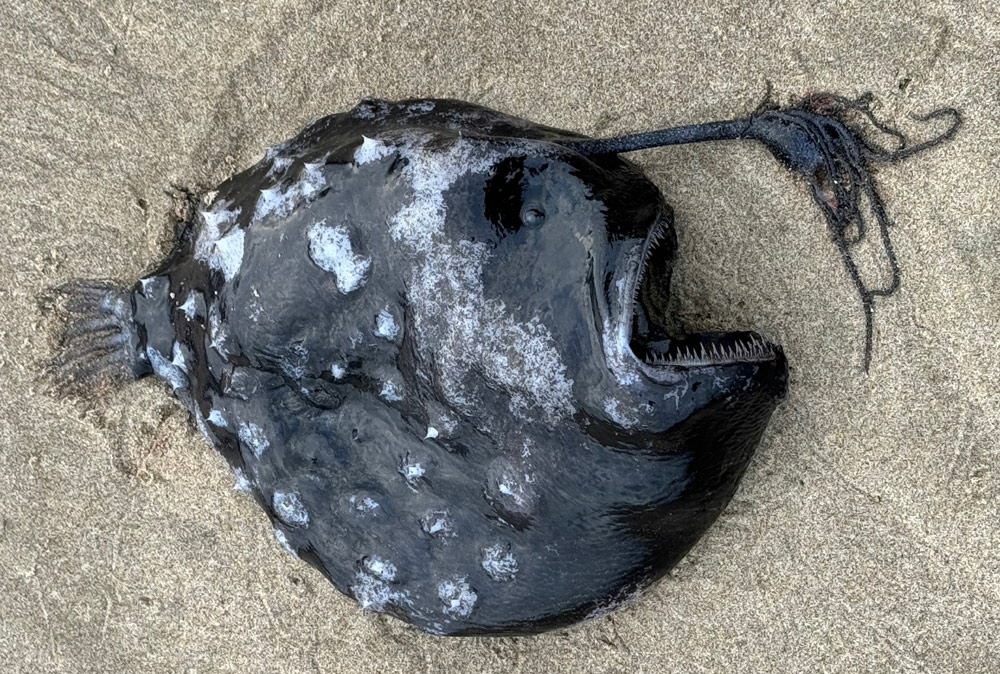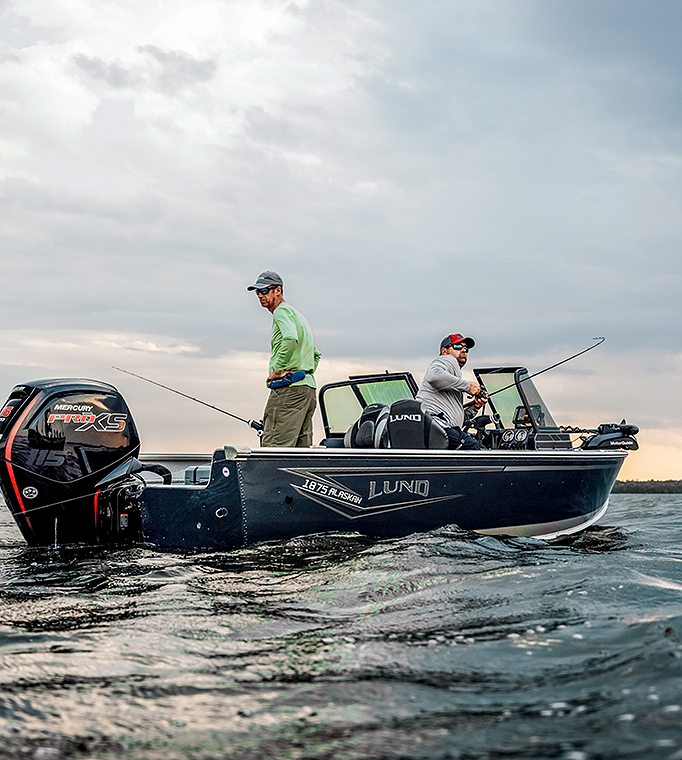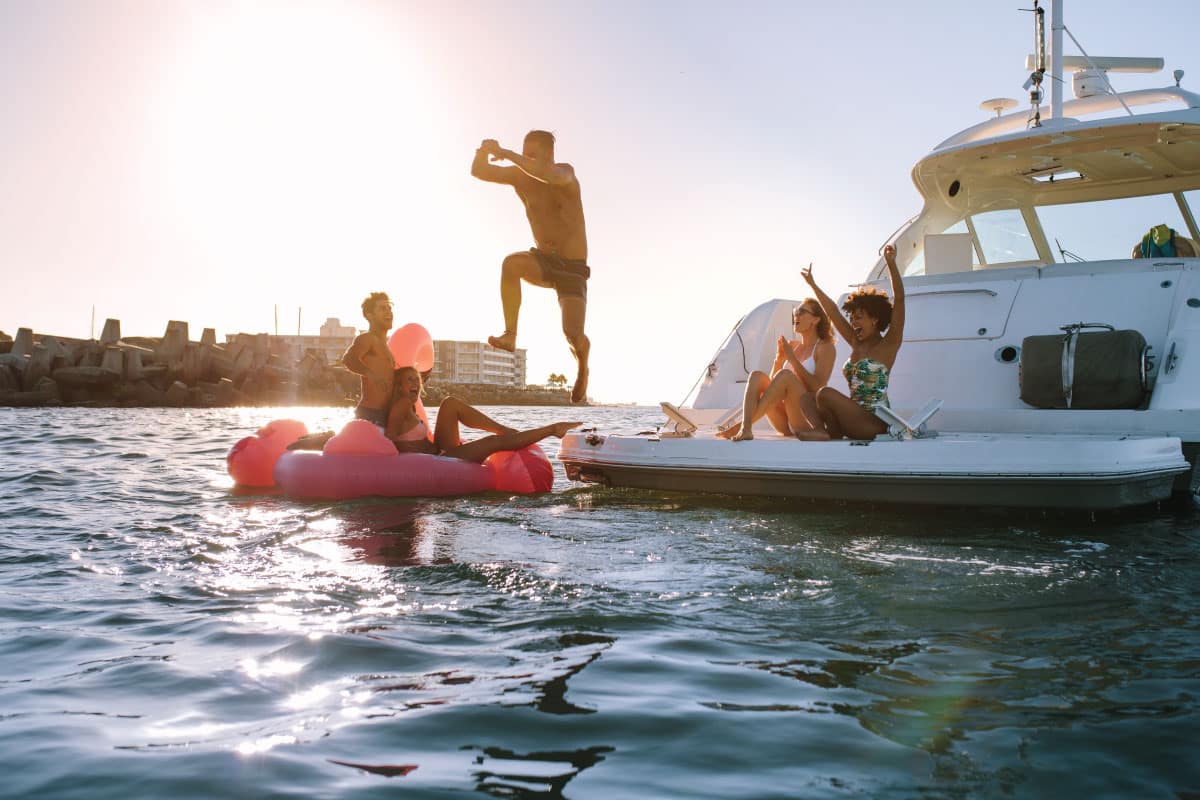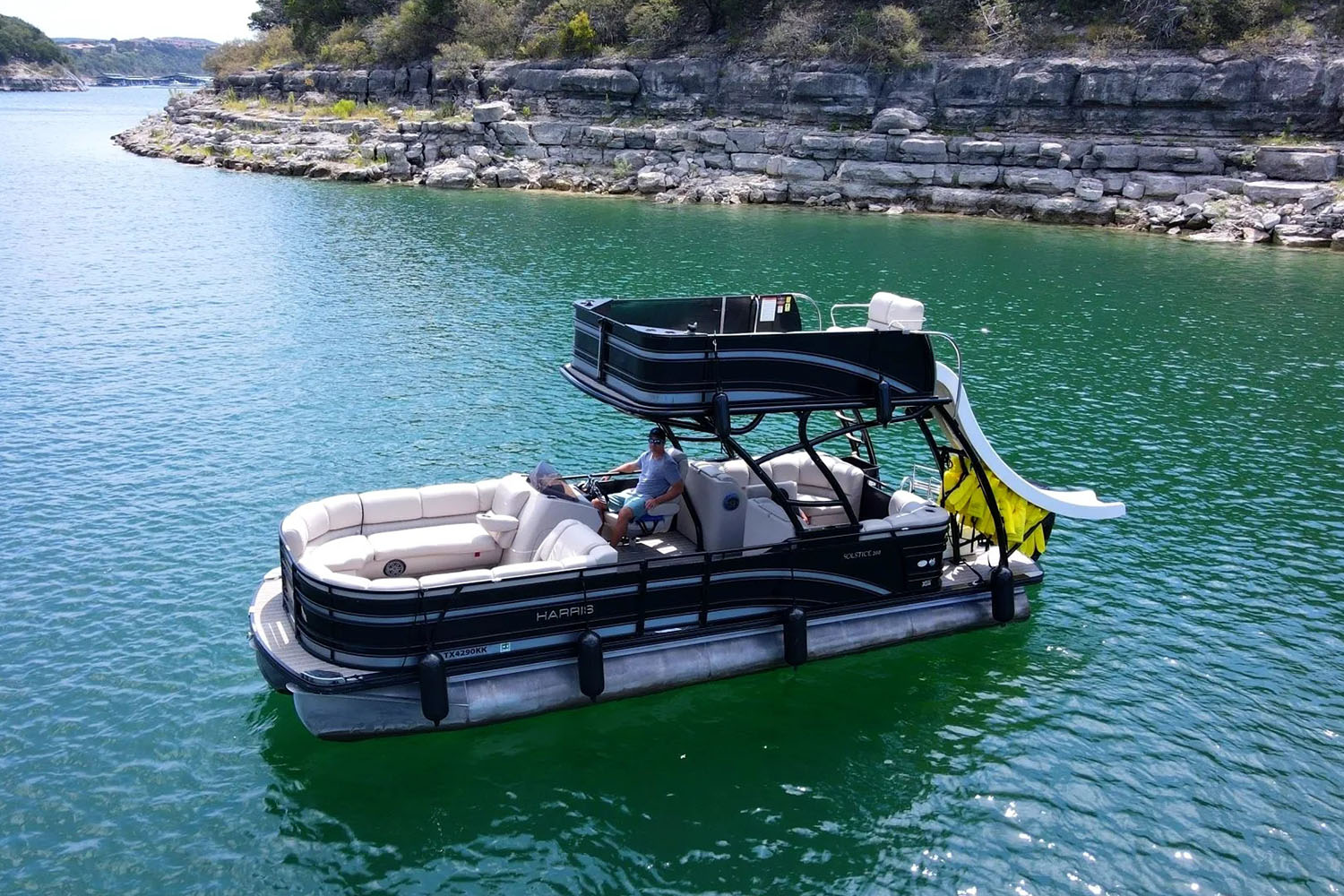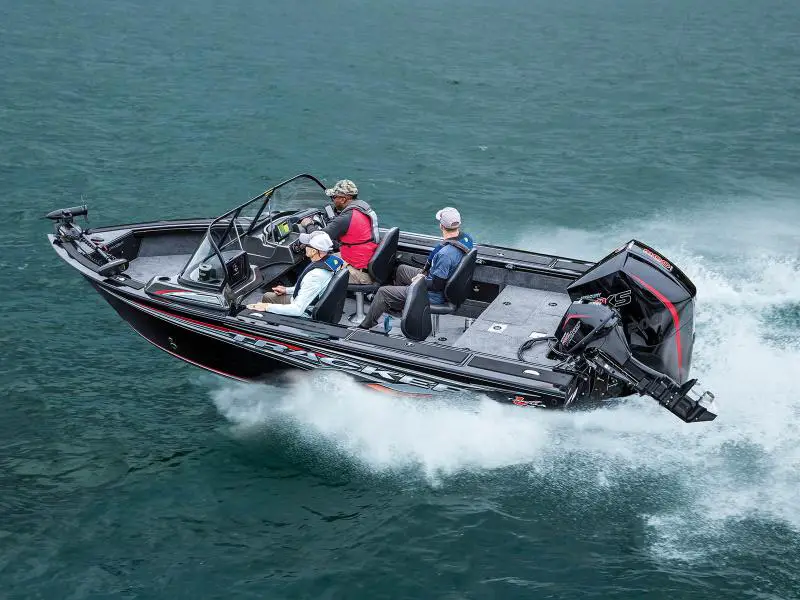Personal Watercraft Boats
Personal Watercraft: A Comprehensive Guide for Buyers and Enthusiasts
Personal watercraft (PWC) are a popular choice for water enthusiasts, offering an exhilarating way to explore and enjoy bodies of water. These small, jet-powered vessels are designed for individuals or small groups to experience high-speed thrills and perform thrilling stunts. PWCs have evolved substantially since their inception, now featuring various types catering to different needs, such as stand-up models for solo riders and sit-down models for multiple passengers.
In recent years, advancements in technology have significantly improved the performance, speed, and functionality of personal watercraft. This has resulted in a growing market for both recreational and professional users. With a multitude of features, safety measures, and innovations available, it is crucial for potential owners to understand the options and their benefits. Leading manufacturers in this space include brands like Yamaha, Sea-Doo, and Kawasaki, offering a wide range of PWCs to suit various preferences and budgets.
Maintaining and accessorizing a PWC is an essential aspect of ownership. Regular maintenance can prolong the lifespan of the watercraft, while accessories can enhance the overall experience. Frequently asked questions about PWCs often revolve around performance, safety, and maintenance, helping owners make informed decisions about their watercraft.
Key Takeaways
- Personal watercraft offer an exciting way to enjoy water sports, with options for solo and group riders.
- Advances in technology have improved PWC performance and safety features, catering to both recreational and professional users.
- Proper maintenance and accessorizing can enhance the PWC experience and prolong the watercraft's lifespan.
Understanding Personal Watercraft
A personal watercraft (PWC) is a small jet-powered vessel that allows the operator to sit or stand while operating it. These agile watercraft come in various forms, such as stand-up water scooters and larger sit-down models that can accommodate multiple passengers. Popular PWC brands include Sea-Doo, Yamaha (WaveRunner), Kawasaki (Jet Ski), and Bombardier.
PWCs have an inboard water jet engine that propels the watercraft, and they fall under the category of Class A inboard motor vessels. As such, they need to adhere to the same regulations, including carrying an onboard fire extinguisher and a sounding device, like a horn.
When it comes to the different PWC brands, each offers unique features and performance characteristics that cater to different preferences. Sea-Doo, a brand by Bombardier Recreational Products, is known for innovative designs and fuel efficiency. Yamaha WaveRunners have a reputation for reliability and strong performance, while Kawasaki Jet Skis are often associated with speed and powerful engines.
Personal watercraft can be enjoyed for various recreational activities, from high-speed cruising and racing to more leisurely exploration of lakes, rivers, and coastal waters. Riding a PWC offers a thrilling experience, close to the water surface, and allows riders to maneuver easily through tight turns and jumps.
When choosing a PWC, it is essential to consider factors such as the size, power, and performance that best suit the rider's preferences and intended use. Additional factors, such as fuel efficiency, maintenance requirements, and available accessories, may also influence the decision-making process.
In conclusion, personal watercraft encompass a versatile range of waterborne vehicles from brands like Sea-Doo, Yamaha, Kawasaki, and Bombardier, providing a unique and exhilarating experience for riders of all skill levels. As with any motorized vessel, it is crucial to follow safety regulations and proper riding etiquette to ensure a safe and enjoyable time on the water.
Historical Evolution
The concept of personal watercraft (PWC) originated in the 1960s, combining self-power, small size, and a maneuverable, active vessel. The first personal watercraft was introduced by Bombardier Recreational Products in the form of a Sea-Doo model. Over the years, PWCs have undergone a remarkable transformation, making them popular recreational water vehicles.
In the early 2000s, several new models and innovations emerged in the PWC market. For example, in 2004, Honda introduced the AquaTrax model, expanding the PWC options for consumers. In 2006, Yamaha launched the VX Series WaveRunner, providing a more fuel-efficient and environmentally friendly personal watercraft.
By the late 2000s, PWC manufacturers started focusing on improving safety features. In 2009, Sea-Doo introduced the iBR (Intelligent Brake and Reverse) system, which allowed riders to have better control over the watercraft. This innovative feature helped reduce the risk of accidents on the water.
In the 2010s, PWC technology continued to evolve, with manufacturers investing in more advanced designs and performance enhancements. For instance, in 2011, Kawasaki introduced the Ultra 300X Jet Ski model, which boasted a powerful engine that delivered a top speed of 67 mph. This advancement pushed the boundaries of what was possible in PWC performance. Similarly, in 2013, Yamaha launched the FZR WaveRunner, featuring a lightweight and agile hull design resulting in improved handling and stability.
As the market expanded, electric PWCs started to emerge, aiming to reduce the environmental impact of conventional gasoline-powered watercraft. In 2014, an electric PWC named Elaqua was introduced, providing an eco-friendly alternative for water sports enthusiasts.
Recent years have witnessed a rapid growth in PWC technology, with manufacturers focusing on enhancing the user experience. In 2016, Sea-Doo released the SPARK TRIXX model, incorporating adjustable handlebars and an extended-range Variable Trim System, thereby allowing riders to customize their watercraft for ultimate fun. Additionally, in 2017, Yamaha introduced the EX Series WaveRunner, offering an entry-level PWC with impressive features at an affordable price point.
Since then, manufacturers have continued to innovate and improve upon PWC technology, introducing new models and features each year. As of 2023, the PWC industry remains focused on providing customers with cutting-edge designs, advanced safety features, and eco-friendly propulsion systems to cater to the ever-evolving preferences of water sports enthusiasts.
Types of Personal Watercraft
Stand-Up
Stand-up personal watercraft are designed for riders who prefer to operate the vehicle while standing. These types of PWCs offer a more physically demanding and agile experience, allowing riders to perform tricks and maneuver quickly. One popular example of a stand-up PWC is the Sea-Doo Spark Trixx, which is specifically designed for freestyle riding. Stand-up PWCs typically have a smaller, lighter build, making them more suitable for single riders and those who are looking for a more active riding experience.
Sit-Down
In contrast, sit-down personal watercraft, also known as runabouts, are designed for a more comfortable and relaxed riding experience. These PWCs can accommodate multiple passengers and offer a wide variety of options in terms of performance, size, and features. There are different models available within the sit-down category, catering to various needs and preferences.
-
WaveRunners are a popular brand of sit-down PWCs, produced by Yamaha. They offer a range of models, from recreational to performance-oriented. WaveRunners are known for their reliability and user-friendly design.
-
Sea-Doo GTX is a line of luxury touring PWCs with comfortable seating, advanced features, and powerful performance. The GTX series is designed for long-distance cruising and offers a smooth, stable ride.
-
GTR is a performance-oriented PWC from Sea-Doo that offers both speed and agility. The GTR series is suitable for riders looking for a thrilling, sporty experience on the water.
Sit-down personal watercraft are ideal for those who prefer a more leisurely, comfortable ride or those who want to share the experience with friends and family. With various models and performance options available, there is a sit-down PWC to suit everyone's needs.
Performance and Speed
Personal watercraft (PWC) are designed to offer an adrenaline-pumping experience on the water. Performance and speed are essential characteristics for those seeking thrilling rides or participating in competitive racing. A PWC's performance is determined by various factors, such as engine power, acceleration, and handling.
Today's high-performance PWCs are equipped with large displacement engines, usually ranging between 1.5 and 1.8 liters. These four-cylinder, liquid-cooled engines provide the necessary power to achieve impressive speeds. The Sea-Doo RXP-X 300, for example, is among the most powerful and exclusive PWCs on the market, with a race-ready hydraulic steering system and a carbon fiber hood.
Acceleration is a crucial aspect of a PWC's performance. Riders looking for responsive throttle and quick acceleration will appreciate the power-packed capabilities of these craft. The Kawasaki Jet Ski® Ultra® 310 series boasts one of the most powerful supercharged engines in the industry, delivering intense acceleration and a thrilling riding experience.
The design of a PWC's hull also has a significant impact on its handling and performance. Innovative hull designs, such as the T3-R design found on the Sea-Doo RXP-X 300, allow for precise control and dexterity during tight turns at high speeds. The unique Shark Gill mid-hull feature further enhances stability and maneuverability.
Speed limitations are imposed on PWC by manufacturers due to a handshake agreement with the U.S. Coast Guard that restricts out-of-the-box models to a maximum speed of about 65 mph. However, there are ways consumers can increase the speed of their PWC, such as installing a Speed Control Override Module.
When considering performance and speed, it is essential to recognize that these factors contribute to a PWC's suitability for racing or other high-energy water activities. PWC enthusiasts seeking a thrilling and powerful ride will find that performance-oriented models offer the perfect blend of speed, acceleration, and handling to satisfy their need for excitement.
Recreational and Professional Use
Personal watercraft (PWC) have become increasingly popular for both recreational and professional use, thanks to their versatility and the thrilling experience they provide. These powerful watercraft cater to a wide range of interests, such as fun, recreation, and adventure seekers.
Water sports enthusiasts appreciate PWCs for their ability to pull wakeboarders and water skiers. With plenty of power and speed, PWCs give riders the necessary momentum to perfect their skills on the water. Besides, these watercraft are often used for recreational activities such as tubing and wave-jumping, which provide excitement for individuals of all ages.
Fishing lovers also find PWCs useful, as they can be customized with fishing gear to venture into saltwater or freshwater locations. Anglers are able to access hard-to-reach fishing spots, increasing the chances of reeling in a big catch. The availability of custom configurations ensures that the PWCs can be fitted for various fishing styles and preferences.
Within the world of professional use, PWCs have their place in the realm of water-based rescues and emergency services. Their agility and maneuverability in the water make them valuable for lifeguards and marine patrol units, allowing them to respond swiftly and efficiently in critical situations.
PWCs come in various models, designed to cater to different user preferences and budgets. Some of the top brands that offer powerful PWC options are Kawasaki Jet Ski, Sea-Doo, and Yamaha WaveRunner.
In conclusion, personal watercraft serve as an excellent choice for a broad range of water activities, from recreational pursuits to professional needs. With customization options and multiple uses, PWCs have undoubtedly solidified their position as indispensable watercraft for adventure-seekers, sports enthusiasts, and fishermen alike.
Key Features
Seating Capacity
Personal watercrafts (PWC) are available in various seating capacities to accommodate different user needs. While some models are designed specifically for single riders, others offer space for two or even three passengers. The Yamaha WaveRunner EX and VX models and the Sea-Doo GTS and GTI are examples of compact three-seat PWCs that provide comfortable seating for multiple riders. Choosing the right seating capacity depends on how one intends to use their PWC - whether for solo rides or sharing the experience with friends and family.
Fuel Capacity
Fuel capacity is an essential factor to consider when purchasing a PWC. The higher the fuel capacity, the longer a rider can enjoy their time out on the water without having to refuel. PWC models with larger fuel capacities are more suited for extended trips and touring, while those with smaller fuel capacities are ideal for short-distance rides. It is important to note that higher fuel capacity may slightly increase the overall weight of the PWC, which can affect its handling and maneuverability.
Storage Capacity
The storage capacity of a PWC refers to the available space for stowing personal belongings and gear while out on the water. PWCs with greater storage capacity allow riders to carry items like life vests, tow ropes, and even snacks during their ride. Some models offer expandable storage solutions to maximize space and convenience. This feature is particularly useful for those planning to ride their PWCs for longer durations or who require extra storage for water sports equipment.
In summary, the key features to consider when choosing a personal watercraft are seating capacity, fuel capacity, and storage capacity. Each factor can affect a rider's experience on the water and should be carefully considered based on individual preferences and intended use. By thoroughly understanding these features, one can confidently select the ideal PWC to suit their specific needs and desires.
Safety Measures
Personal watercraft safety is crucial for anyone operating or riding on these fun and agile water vehicles. There are various measures that riders can take to ensure their safety and the safety of those around them while using personal watercraft, such as Jet Skis, WaveRunners, or Sea-Doo.
One important aspect of personal watercraft safety is the use of personal protective equipment (PPE) by the rider. This includes wearing a Coast Guard-approved life jacket, helmet, and eyewear to protect from wind and water spray that could impair vision. In addition to PPE, riders should ensure that their watercraft is equipped with safety tools like lanyards and switches which can help prevent accidents or unauthorized use.
When it comes to the operation of a personal watercraft, understanding the steering and propulsion systems is key. These vehicles have a unique propulsion system, which is different from traditional boats, and requires a certain level of skill and knowledge to navigate safely. Taking a boater safety course can be extremely helpful in familiarizing oneself with the different aspects of watercraft control and navigation.
Being aware of one's surroundings is another essential safety measure. This entails paying close attention to nearby boat traffic and understanding that other boaters might not be prepared for the quick response and short turning radius of a personal watercraft. Before initiating a turn or changing direction, always look to both sides and behind to ensure no boats are in the way or overtaking your craft. Additionally, remember to follow the Coast Guard's rules and regulations for personal watercraft operation.
In conclusion, personal watercraft safety relies on proper training, use of protective equipment, and being aware of one's surroundings and fellow boaters. By adhering to these measures and operating your watercraft responsibly, you can enjoy a fun and safe experience on the water.
Key Innovations
Throughout the years, the personal watercraft industry has undergone numerous innovations, from safety features to performance enhancements. This evolution can be seen in the development of improved models and technologies for enthusiasts and recreational users alike.
Around 2010, manufacturers began to improve their green technology efforts and adapt to more environmentally-friendly practices. One of the notable advancements was the integration of cleaner and more fuel-efficient engines, significantly reducing the environmental impact of personal watercraft.
By 2012, the industry also witnessed a surge in high-performance models, focusing on speed and agility. Innovations in hull designs and propulsion systems allowed for better maneuverability and acceleration, providing operators with a more thrilling experience on the water.
In 2014, features addressing user comfort and convenience started to gain more attention. Manufacturers introduced more ergonomic seating, adjustable handlebars, and customizable storage solutions, enhancing the overall user experience of personal watercraft.
Moving to 2016, advances in safety technology became a priority. Innovations such as intelligent braking and reverse systems were introduced, allowing for more immediate stopping capabilities and reducing the risk of accidents on the water.
In 2018, the industry shifted its focus towards technological advancements, incorporating GPS and touch-screen displays into personal watercraft to provide users with essential navigation, weather, and system information while also allowing easy access to various settings and controls.
Most recently, in 2020 and 2022, the push for more electric and hybrid models has emerged as a significant trend within the industry. Several companies are developing electric personal watercraft, aiming to provide the exhilarating experience of traditional watercraft while simultaneously reducing the vehicle's environmental impact.
The personal watercraft market has experienced a continuous evolution over the years, with progress being made in performance, safety, technology, and sustainability. These innovations have not only expanded the available options for watercraft enthusiasts but have also contributed to a more enjoyable and responsible experience on the water.
Leading Manufacturers
When it comes to personal watercraft (PWC), there are a few leading manufacturers that dominate the market. These manufacturers are known for their innovation, performance, and quality, making them popular choices for watercraft enthusiasts. The top three manufacturers in the PWC market are Sea-Doo, Yamaha, and Kawasaki.
Sea-Doo, a brand under the BRP (Bombardier Recreational Products) umbrella, has been known for its innovative designs and technology. From the Sea-Doo Explorer Pro 170 to the Sea-Doo Fishpro Trophy, this manufacturer offers a range of PWCs that cater to various needs, from recreational fun to serious fishing expeditions.
Yamaha, another big name in the industry, produces the well-known WaveRunner line of personal watercrafts. The Yamaha WaveRunner FX Series is the pinnacle of luxury, with cutting-edge technology, unparalleled performance, and superior craftsmanship. Yamaha also offers models in different performance levels, such as the WaveRunner EX Deluxe and the GP1800R SVHO, which cater to a variety of riders with different preferences and budgets.
Kawasaki is a reputable Japanese manufacturer known for its Jet Ski lineup. They have been producing personal watercrafts since the 1970s and continue to innovate with models like the Jet Ski STX 160 LX and Jet Ski SX-R 160. Kawasaki's Jet Skis are known for their reliability, performance, and handling, attracting many watercraft enthusiasts.
All three manufacturers - Sea-Doo, Yamaha, and Kawasaki - are members of the NMMA Certified Personal Watercraft program, which ensures their adherence to industry standards and quality benchmarks. With various models and designs available, these leading manufacturers offer a range of personal watercraft options tailored to different preferences, experiences, and budgets.
Maintaining and Accessorizing Your PWC
PWC Clothing
Wearing appropriate clothing is an essential aspect of the PWC riding experience. It not only ensures comfort but also enhances safety while out on the water. Riders should opt for materials such as neoprene and polyester, which offer durability, quick-drying properties, and UV protection. A well-fitted life jacket is crucial, as it provides buoyancy and helps keep riders afloat in case of any mishaps. Furthermore, rash guards and wetsuits can offer added protection against sunburn, chafing, and cold water temperatures.
PWC Accessories
A variety of PWC accessories are available to further enhance the Sea-Doo life and overall experience. Here are some popular accessories to consider:
-
Towables: Inflatable towables can provide an exciting and fun experience for riders who enjoy tubing, wakeboarding, or water skiing. Attach them to your PWC with a tow rope and make sure the weight limit is compatible with your watercraft's capacity.
-
Safety Equipment: Always prioritize safety by having essentials like a fire extinguisher, signaling devices (whistle, air horn, or flare), a first-aid kit, and a PWC anchor on board.
-
Docking Kits: Make docking and storage more convenient and protected with bumpers, fenders, and mooring lines. These accessories can help prevent scratches and damage to your PWC.
-
Storage Solutions: To keep your belongings dry and secure while you ride, invest in waterproof storage bags and compartments. Many options can be easily mounted to the PWC using suction cups, straps, or built-in attachments.
-
Maintenance Tools: For optimal performance and longevity, regular maintenance is necessary. Equip yourself with basic maintenance tools such as an oil extractor pump, spark plug wrench, and cleaning supplies to keep your PWC in tip-top shape.
By investing in the right clothing and accessories, riders can enhance their PWC experience while ensuring comfort and safety on the water.
Frequently Asked Questions
What are the top personal watercraft brands?
There are several top personal watercraft brands known for their performance and reliability. Some of the most popular ones include Sea-Doo, Yamaha Waverunner, and Kawasaki Jet Ski. Each brand has its own unique features and models, so it is important to research and test ride before deciding on the best one for you.
How much does a jet ski typically cost?
Jet ski prices can vary greatly depending on the make, model, features, and condition of the watercraft. New personal watercrafts typically range from $5,000 to over $20,000. However, you can also find used models at significantly lower prices. It's essential to consider factors such as maintenance, insurance, and storage costs when budgeting for a jet ski.
Do I need a license to operate a personal watercraft?
Depending on the jurisdiction, you might need a license to operate a personal watercraft. In some regions, it is required to have a boating safety certification or complete an accredited course. It is important to check your local regulations and requirements before getting on the water.
Which is better, a Waverunner or a Sea-Doo?
Both Waverunner (Yamaha) and Sea-Doo (BRP) are reputable and established personal watercraft brands. The choice between the two ultimately comes down to personal preference, as they both offer a variety of models and features suited to different needs. Be sure to test ride both brands and consider which features are most important to you before making a decision.
Where can I find a reputable personal watercraft dealer?
To find a reputable personal watercraft dealer, you can start by searching online for local dealers that carry your desired brands. You can also ask for recommendations from friends or family members who own personal watercrafts. Additionally, attending boat shows or visiting local marinas can also lead you to trustworthy dealers. Always read reviews and customer testimonials before making a decision on where to purchase.
What features should I look for in a watercraft for seniors?
When selecting a personal watercraft for seniors, factors such as stability, comfort, and ease of use should be considered. Look for models with a low center of gravity, comfortable seating, and easy-to-operate controls. Additionally, consider features such as reverse and braking systems, like Sea-Doo's Intelligent Brake and Reverse (iBR), which can make maneuvering and stopping safer and more accessible for senior riders.


